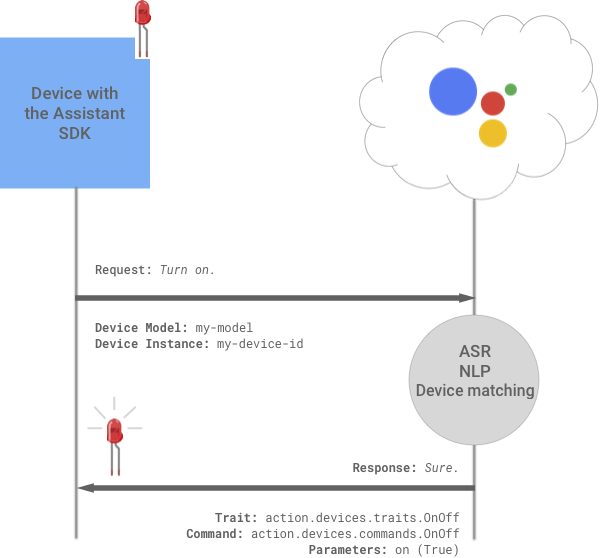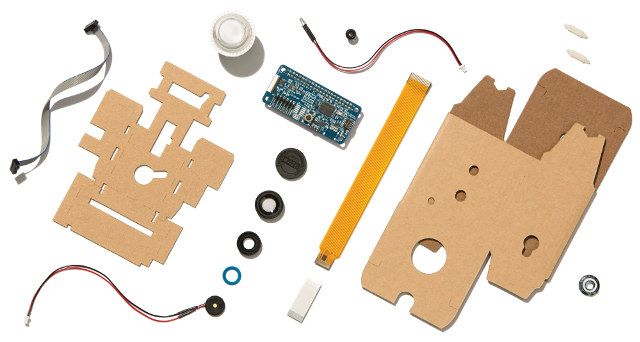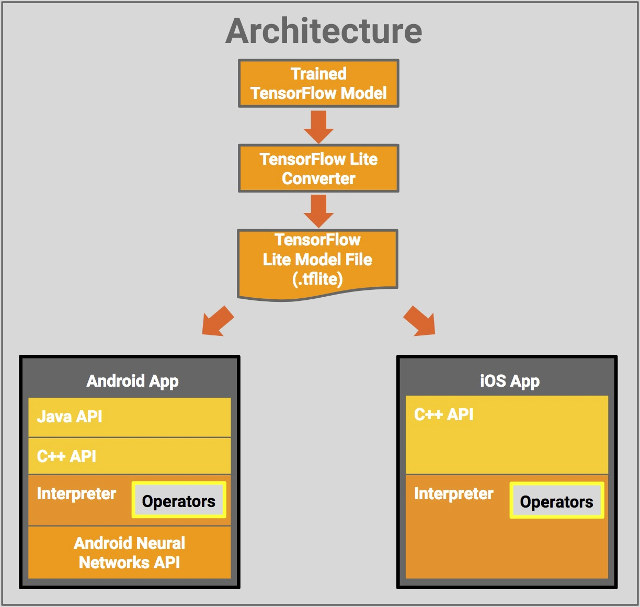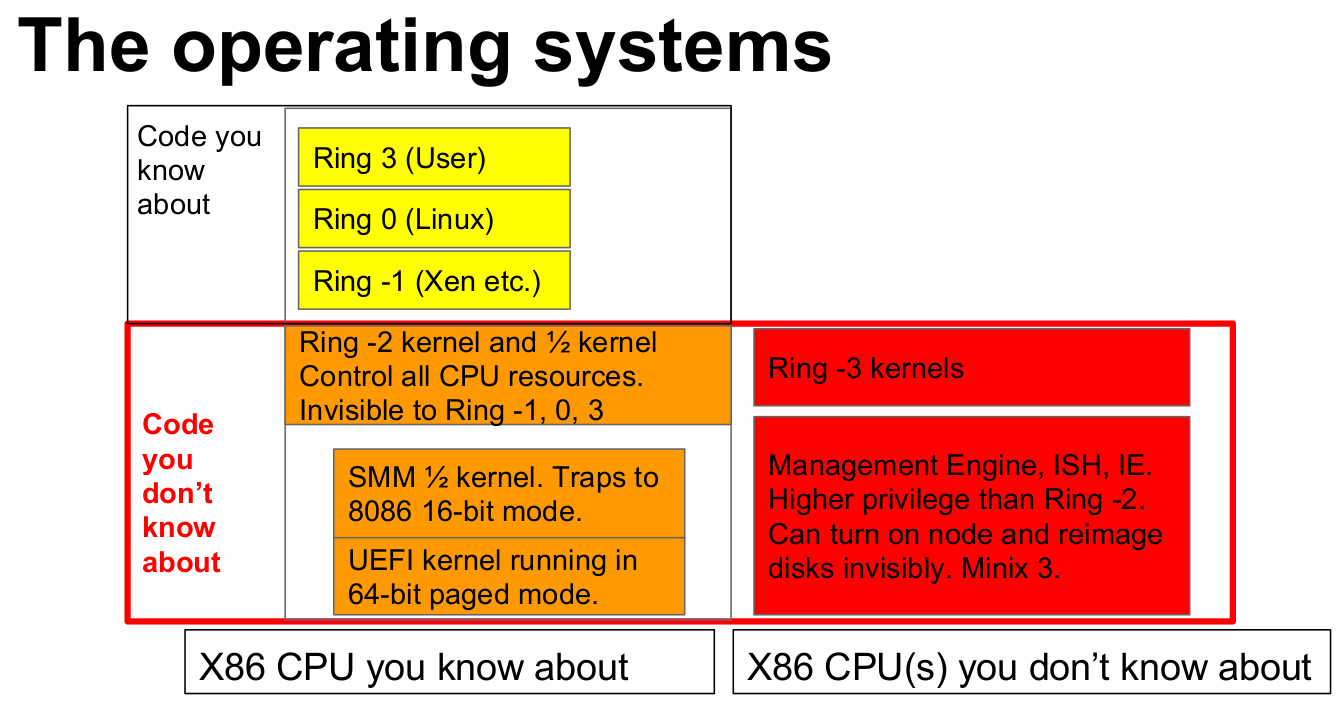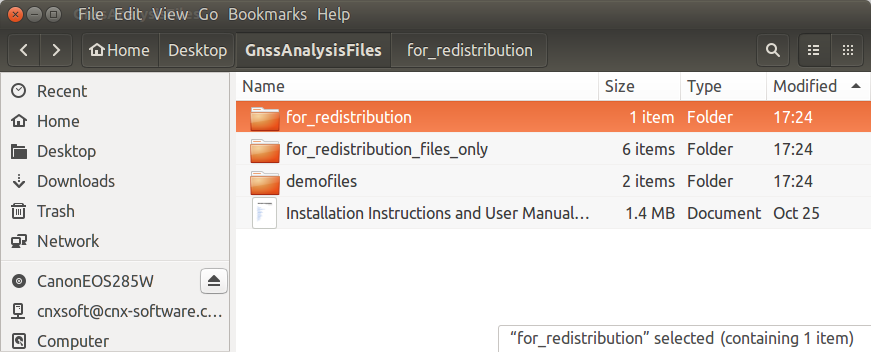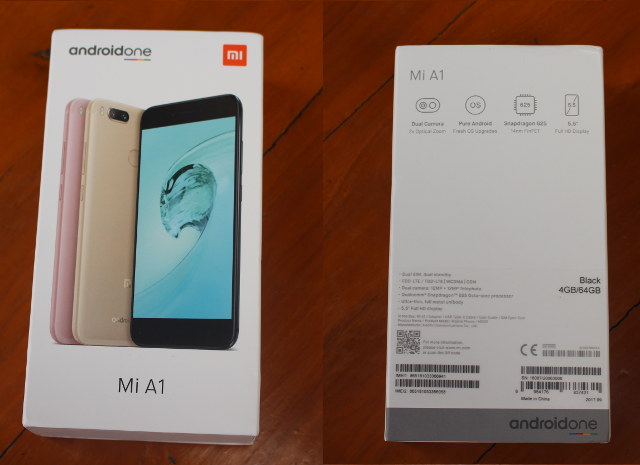Yesterday, news surfaced about a “bug” in Intel processors that could be fixed at the operating system level at the cost of a decrease in performance for some tasks, from a typical, and barely noticeable 5% hit, to a more consequent 30% hit for some specific tasks, and as we discussed yesterday I/O intensive tasks are the most impacted by the changes. While Intel (and Arm) are impacted, AMD claims not to be, and the issue was reported by major news outlets and likely impacting the stock price of the companies with Intel stock losing 3.39%, and AMD stock gaining 5.19%, so obviously every company felt the need to answer, starting with Intel’s response to security research findings: Recent reports that these exploits are caused by a “bug” or a “flaw” and are unique to Intel products are incorrect. Based on the analysis to date, many types of computing devices […]
Google Assistant SDK Now Supports Device Actions, More Languages (French, German, Japanese)
Back in May 2017, Google released the Assistant SDK that worked on Raspberry Pi 3, and other ARM boards, essentially transforming low cost development boards into Google Home equivalent. The SDK became more popular once Google’s AIY Voice Kit was launched since it offered an easy and inexpensive way to use it with Raspberry Pi 3 board. Since all you need was a Linux board with an Internet connection, a microphone, and speaker, I tried Google Assistant SDK on one of the cheapest platform available: Orange Pi Zero Set 6 Kit including Orange Pi Zero board, but also an expansion board with built-in microphone and audio output jack, and a cute little case. I added my own pair of speakers, micro SD card, and USB power supply, and after setting up the software, I was able ask question, and get answers with female voice using the demo app. At the […]
$45 AIY Vision Kit Adds Accelerated Computer Vision to Raspberry Pi Zero W Board
AIY Projects is an initiative launched by Google that aims to bring do-it yourself artificial intelligence to the maker community by providing affordable development kits to get started with the technology. The first project was AIY Projects Voice Kit, that basically transformed Raspberry Pi 3 board into a Google Home device by adding the necessary hardware to support Google Assistant SDK, and an enclosure. The company has now launched another maker kit with AIY Project Vision Kit that adds a HAT board powered by Intel/Movidius Myriad 2 VPU to Raspberry Pi Zero W, in order to accelerate image & objects recognition using TensorFlow’s machine learning models. The kit includes the following items: Vision Bonnet accessory board powered by Myriad 2 VPU (MA2450) 2x 11mm plastic standoffs 24mm RGB arcade button and nut 1x Privacy LED 1x LED bezel 1x 1/4/20 flanged nut Lens, lens washer, and lens magnet 50 mil […]
Google Releases Tensorflow Lite Developer Preview for Android & iOS
Google mentioned TensorFlow Lite at Google I/O 2017 last may, an implementation of TensorFlow open source machine learning library specifically optimized for embedded use cases. The company said support was coming to Android Oreo, but it was not possible to evaluate the solution at the time. The company has now released a developer preview of TensorFlow Lite for mobile and embedded devices with a lightweight cross-platform runtine that runs on Android and iOS for now. TensorFlow Lite supports the Android Neural Networks API to take advantage of Machine Learning accelerators when available, but falls back to CPU execution otherwise. The architecture diagram above shows three components for TensorFlow Lite: TensorFlow Model – A trained TensorFlow model saved on disk. TensorFlow Lite Converter – A program that converts the model to the TensorFlow Lite file format. TensorFlow Lite Model File – A model file format based on FlatBuffers, that has been […]
MINIX based Intel Management Engine Firmware & UEFI are Closed Source & Insecure, NERF to the Rescue!
You may have heard a few things about Intel Management Engine in recent months, especially as security issues have been found, the firmware is not easily upgradeable, and the EFF deemed it a security hazard asking Intel for ways to disable it. In recent days, I’ve seen several media reports about the Management Engine being based on an Intel Quark x86-based 32-bit CPU running MINIX open-source operating system. Keep in mind, there’s nothing nefarious about MINIX, it’s just that Intel keeps its own developments on top closed. One of sources for the information is a blog post explaining how to disable Intel ME 11, but ZDNET also points to one of the talks at the Embedded Linux Conference Europe 2017 entitled “Replace Your Exploit-Ridden Firmware with Linux” by Ronald Minnich, Google which explains the problem, and proposes a solution to (almost) disable Intel’s ME, and replace UEFI by a small […]
Testing Google’s GNSS Analysis Tool for GPS, GLONASS, Galileo, Beidou…
Google has recently released GNSS Analysis Tool to process and analyze Global Navigation Satellite System (GNSS) raw measurements from Android devices. This is mostly designed to enable manufacturers to see whether their GNSS receivers are working as expected. The tool can also be used for research and to learn more about GNSS, and there are two components: GNSS Analysis tool itself available for Windows, Linux, or Mac OS X GNSS Data Logger app working with Android 7.0 or greater phones that support raw measurements. You can download both from the release page on Github. I’ve given it a try with a computer running Ubuntu 16.04 and Xiaomi Mi A1 smartphone, but you can the analysis tool even f you don’t have Android 7.0+ smartphone, as sample data is included. I downloaded GnssAnalysisLinuxV2.4.0.0.zip, and extracted the content in ~/Desktop/GnnsAnalysisFiles directory as instructed. Now we can open a terminal window and install […]
Google Pixel Visual Core is a Custom Designed Co-Processor for Smartphone Cameras
Google unveiled their latest Pixel 2 & Pixel 2 XL premium smartphones powered by Snapdragon 835 SoC earlier this month, and while they are expected to go on sale tomorrow, reviewers have got their hands on samples, and one of the key feature is the camera that takes really good photos and videos as reported here and there. You’d think the ISP and DSP inside Snapdragon 835 SoC would handle any sort of processing required to take photos. But apparently that was not enough, as Google decided to design their own custom co-processor – called Pixel Visual Core -, and integrated it into Pixel 2 phones. The co-processor features a Cortex A53 core, an LPDDR4 memory interface, PCIe interface and MIPI CSI interface, as well as an image processing unit (IPU) IO block with 8 IPU cores. Google explains the IPU block will allow 3rd party applications to leverage features […]
Xiaomi Mi A1 Review – Part 1: Unboxing, First Boot, Firmware Update, and Benchmarks
Xiaomi Mi A1 hardware specifications are pretty much standard for a mid-range smartphone, except possibly for its dual rear camera, and what makes it stand apart is really Android One program that promises regular firmware update, including to the latest “pure” Android version, during a 2-year period from launch. In my case, the phone is also interesting because so far I had only used smartphones with Mediatek SoCs, and Mi A1 is equipped with a Qualcomm Snapdragon 625 processor. SD625 should be slower than the Mediatek Helio X20 deca-core processor I’ve been using in Vernee Apollo Lite, but I’m curious to find out if some apps have been better optimized for Qualcomm processors. I’ll soon find out as GearBest sent me a review sample.I’ll start with an unboxing and first boot post, before writing the second part of the review in a couple of weeks once I’ve finished testing the […]



